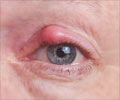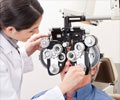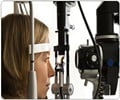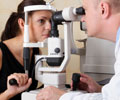Six stories that will help you understand how risky is “Sleeping in contact lenses” behavior for your eyes.
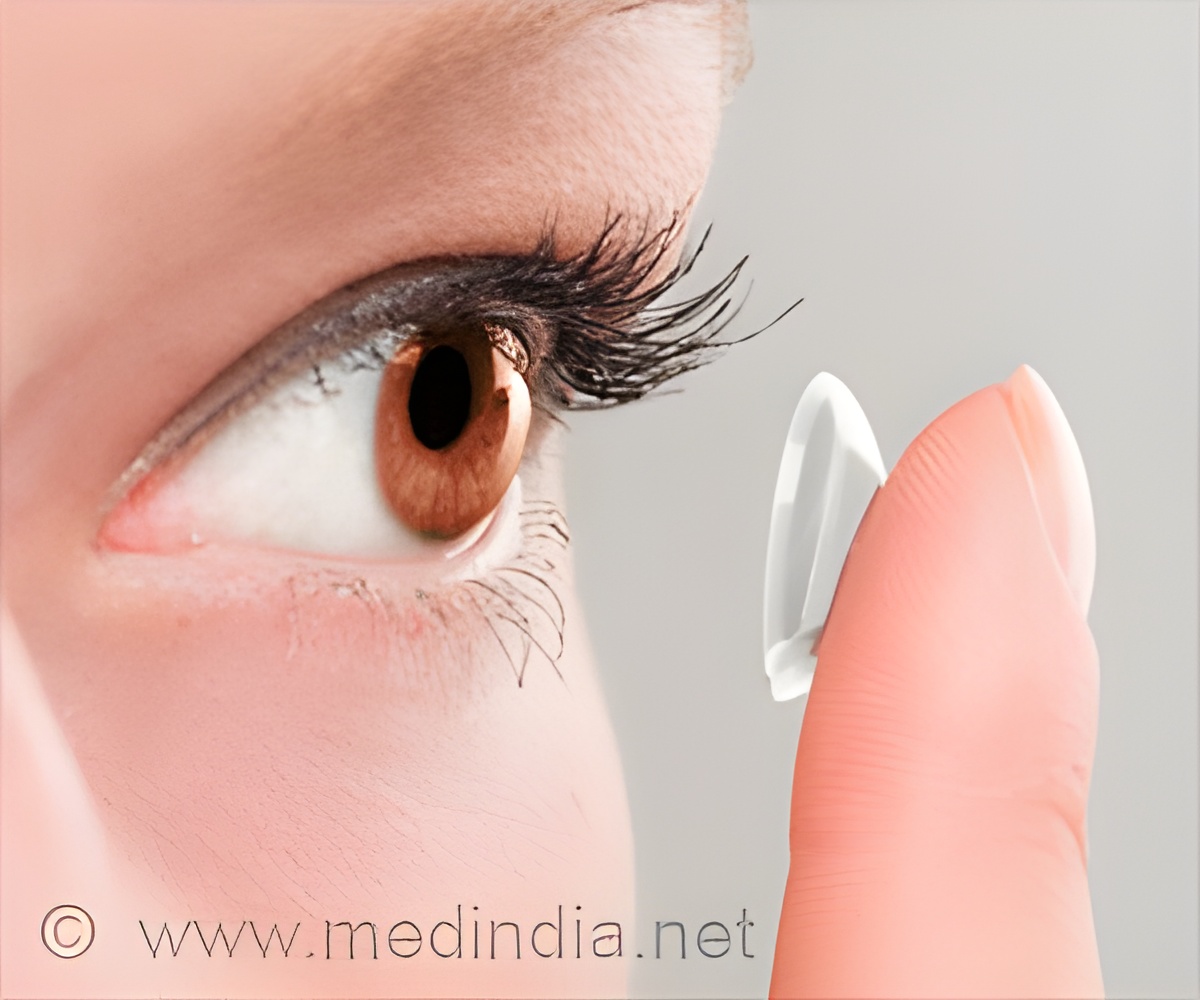
TOP INSIGHT
Falling asleep, or even napping, without removing your contact lenses can significantly increase the likelihood of serious health problems, says Jon Femling, lead author.
"Sleeping in your contact lenses is risky and can lead to infections, or in some cases, permanent damage," said Jon Femling, MD, Ph.D., Assistant Professor, Department of Emergency Medicine, University of New Mexico School of Medicine and lead author. "Falling asleep, or even napping, without removing your contact lenses can significantly increase the likelihood of serious health problems."
The Annals of Emergency Medicine commentary is based on a CDC Morbidity and Mortality Weekly Report titled, Corneal Infections Associated with Sleeping in Contact Lenses - Six Cases, United States, 2016-2018. The original authors are Jennifer R. Cope, MD, Nuadum Muriel Konne, MPH, Deborah S. Jacobs, MD, Deepinder K. Dhaliwal, MD, Michelle K. Rhee, MD, Jia Yin, MD, Ph.D., Thomas L. Steinemann, MD.
In one case, a man evaluated for eye redness and blurry vision reported sleeping in contact lenses 3-4 nights per week and swimming with them. He was treated for bacterial and fungal microbial keratitis.
Another instance outlines an adolescent girl who slept in lenses purchased without a prescription at a chain drug store. She developed a corneal ulcer that resulted in scarring.
"Sleeping in lenses is one of the riskiest and most commonly reported behaviors for adolescent and adult contact lens wearers," said Dr. Femling. "If you want to avoid infection, and avoid a trip to the emergency department, proper eye care is a must."
 MEDINDIA
MEDINDIA
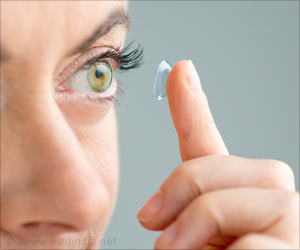
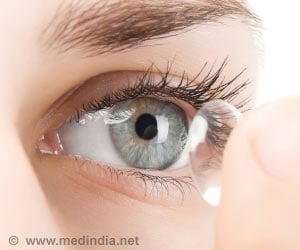
 Email
Email

